Hello there!
In my other post about the first stop in Nairobi (you can find it here), I anticipated the second part of my trip to Kenya: the south coast…ocean! Six days moving around the coast, and relaxing a bit, to enjoy this beautiful side of Kenya. Here following, you can find some hints about where to go and what to not miss if you come to the coast..
- March 11th -> landed at Malindi airpot in the evening, time to get to my accommodation with one of the many tuk tuk (a three-wheeled motorised taxi) waiting for tourists outside. Bargain is not an option, is a must..
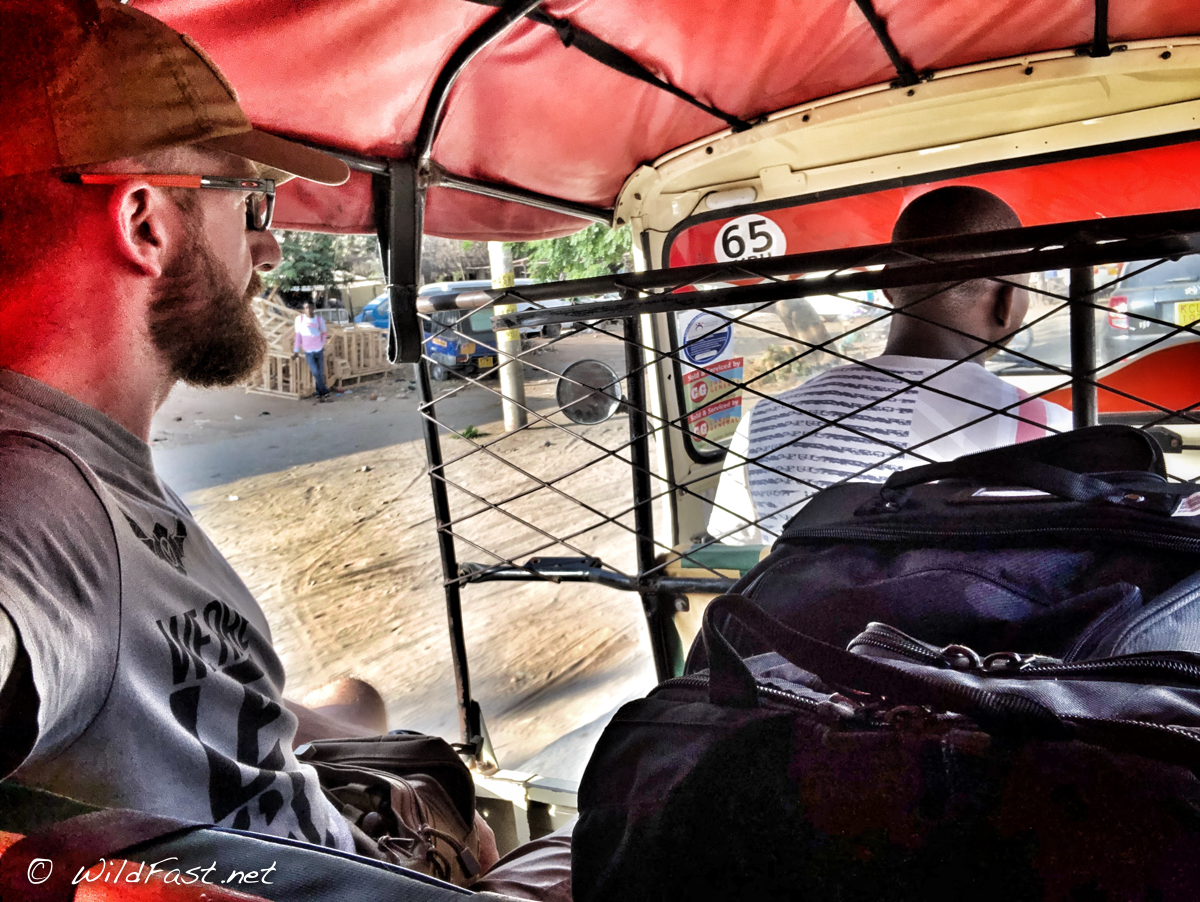
Tuk Tuk is probably the most used taxi in the rural area of Kenya. Normally, with about 1 or 2$ you can go wherever you want in the city
This time I’ll stay to a friend place in a magnific resort on the beach just 5′ from the city center: the Ocean Beach Resort, which definitely worth the stay. Very kindly people, very quality place and stay. I strongly suggest it. You can see the rates and book straight from this link.
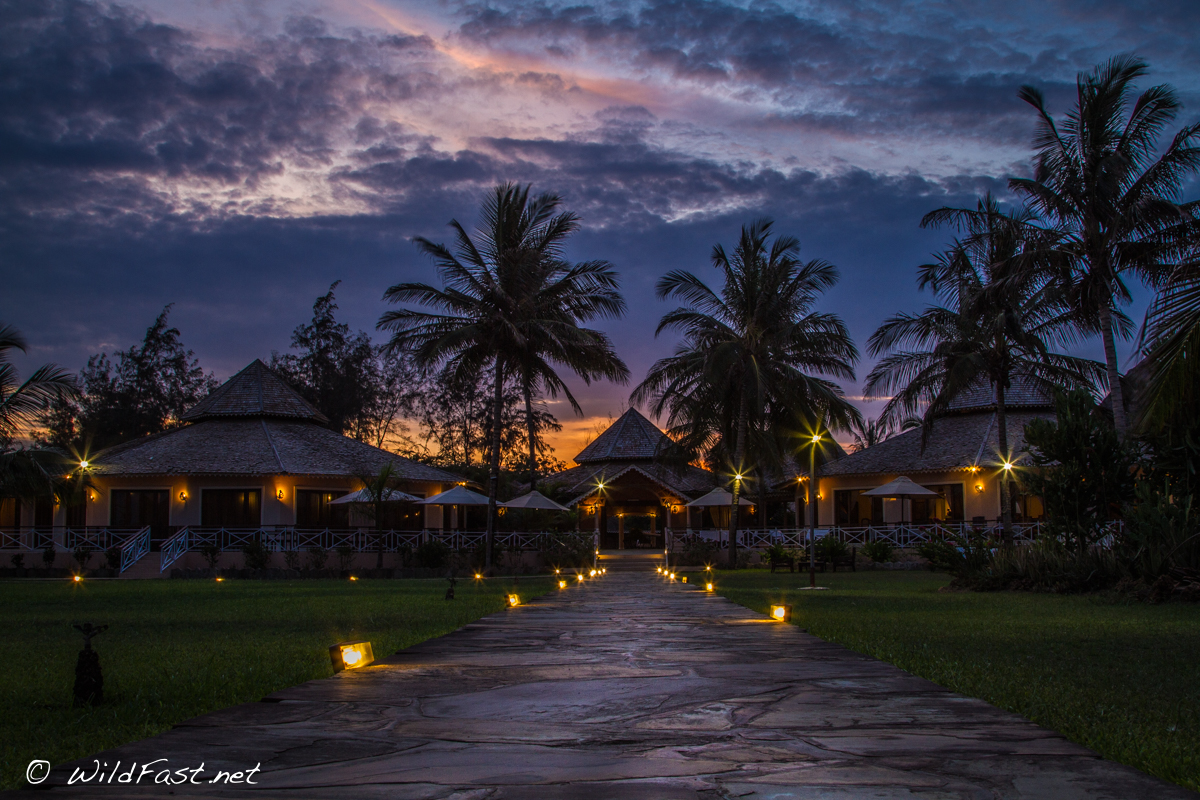
A stunning night shot of the Ocean Beach Resort
I love Malindi, it’s the 5th time I’m here..I love its natural daily contrast in between a peaceful way of living and the chaos of people moving around during the morning, the small local shops along the road, the mamas selling cooked beans and fruit, the amazing local restaurants where you can have a super good lunch for 1$.. The infinite seashore and the freedom you can breath while having a walk or..a horse ride…

Thomas, a good Kenyan friend, is taking care of those horses and sometimes he goes for a ride with some tourists along the seashore. The incoming, goes to the Kibokoni village school…
Yet another thing I love, is the incredible sensation of going around the city with its chaos and..suddenly..taking “the first road on the right” where everything change: two hundred meters, buildings and villas disappear and a new “world” takes over; huts, dirt roads, semplicity..it’s probably the world I like the most, in with I like to get lost.

Women work hard every day, often more than men.. That is breaking stones, carrying packs of wood overhead or even helping in building houses..
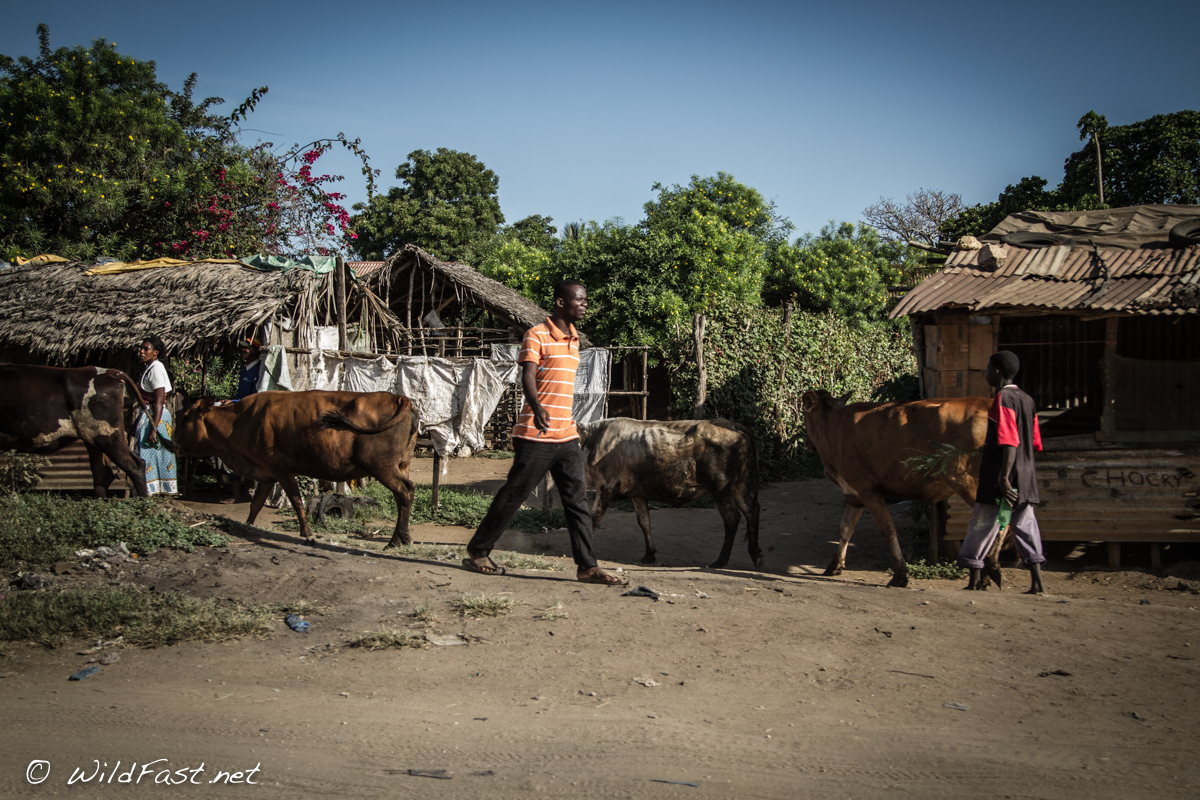
It’s common to meet cows, goats and other animals walking around the villages and..getting the right to pass..
A bunch of minutes and you face to yet another world: everything gets green, welcome to the bush, to the wild. Oh man, I love it.

After the village of Muyeye, you can easily get into the wild..where everything change fast and, where having a gps is a good option if you like to spend time in here
Keep going a few minutes and, in between the bush, you get stuck with the gate of paradise..
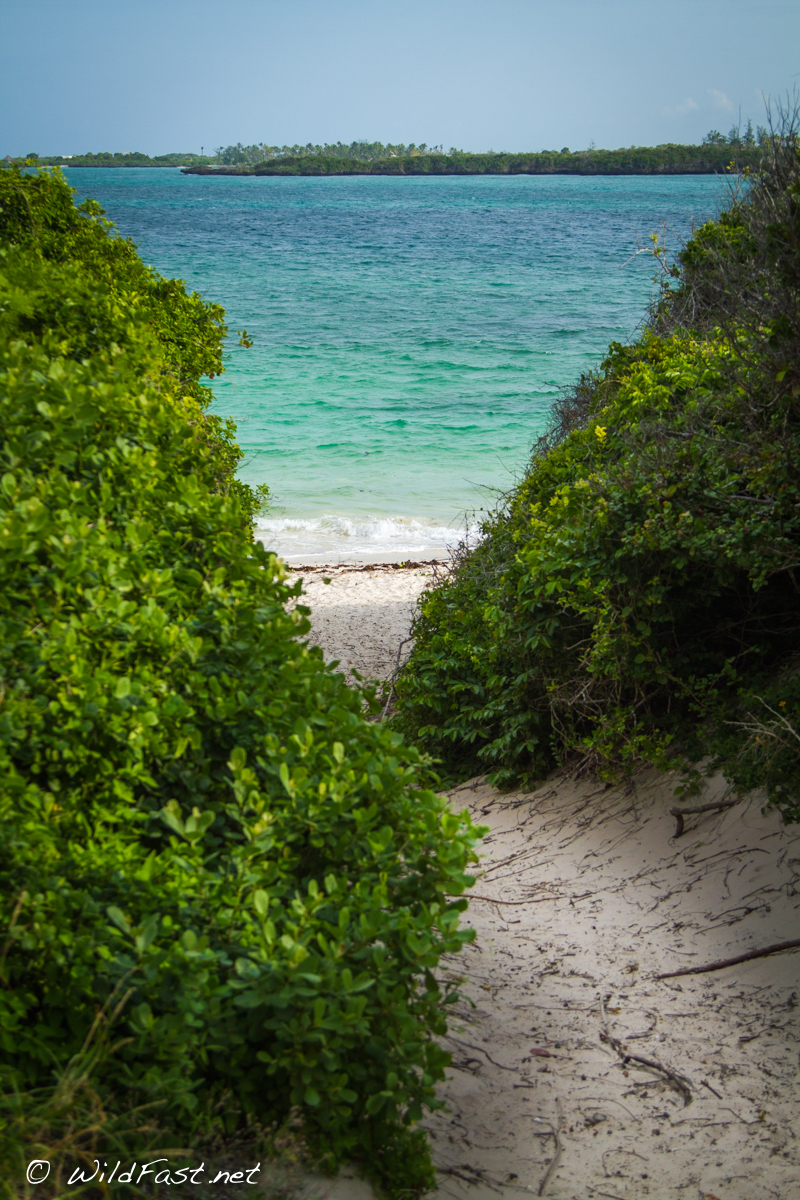
The short beach of Watamu.. a small beach opened to the ocean with no reef in front..
Malindi is actually the largest urban center in Kilifi County with about 207.000 inhabitants. Once known as Melinde, is rivalled only by Mombasa for dominance in this part of East Africa and has traditionally been a port city. The Portuguese explorer Vasco de Gama met its authorities in 1498 to sign a trade agreement and hire a guide for the voyage to India, when he erected a coral pillar. Vasco da Gama was given a warm reception from the Shiek of Malindi, which contrasted with the hostile reception he encountered in Mombasa. The pillar stands to this day. Tourism is the major industry and the city is popular among Italian tourists.
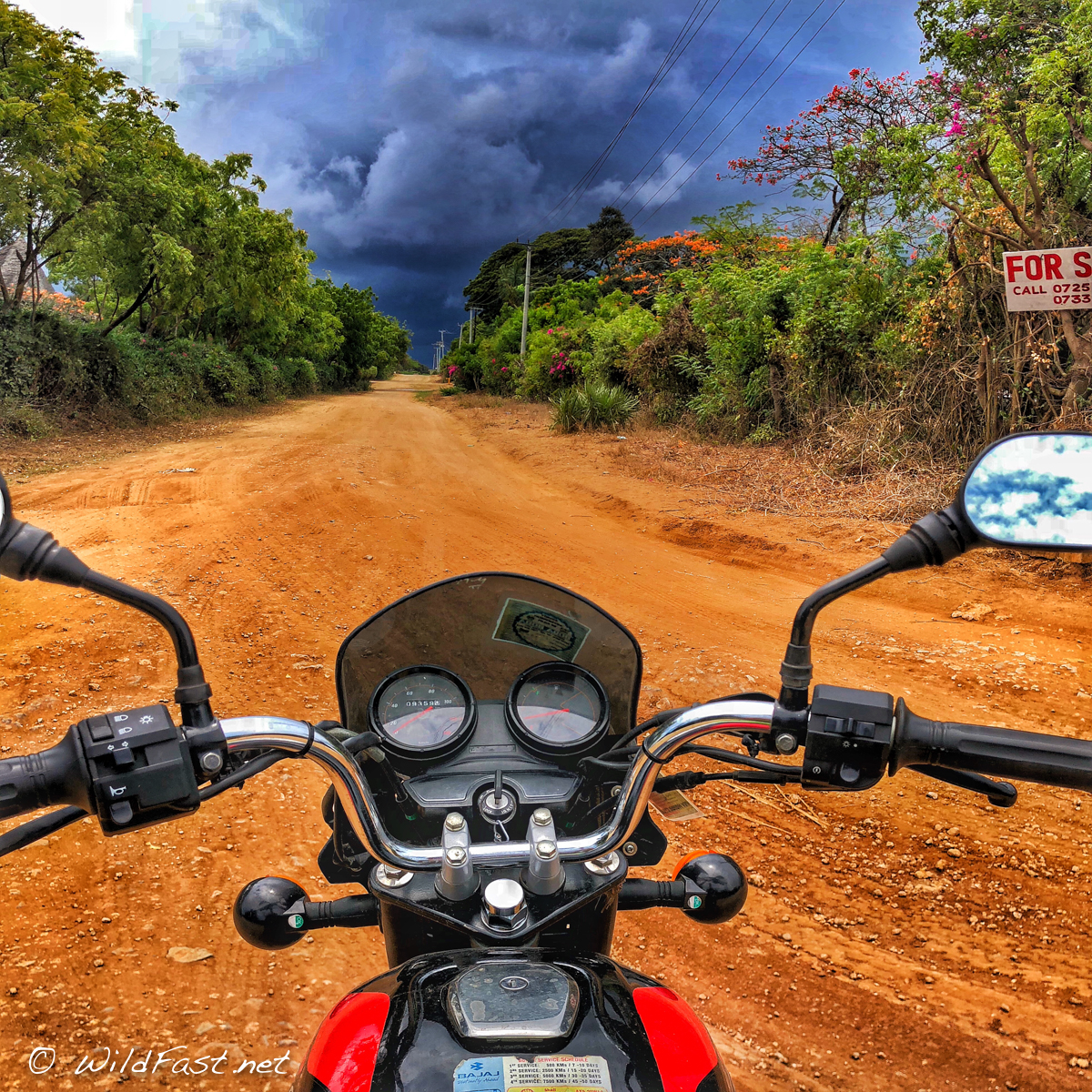
You know when you have that “feeling” of being close to get a nice shower…
- March 12th -> relaxing day. Got my super Bajaj (motorcycle..) from a friend so I’m independent in moving around to any distance..
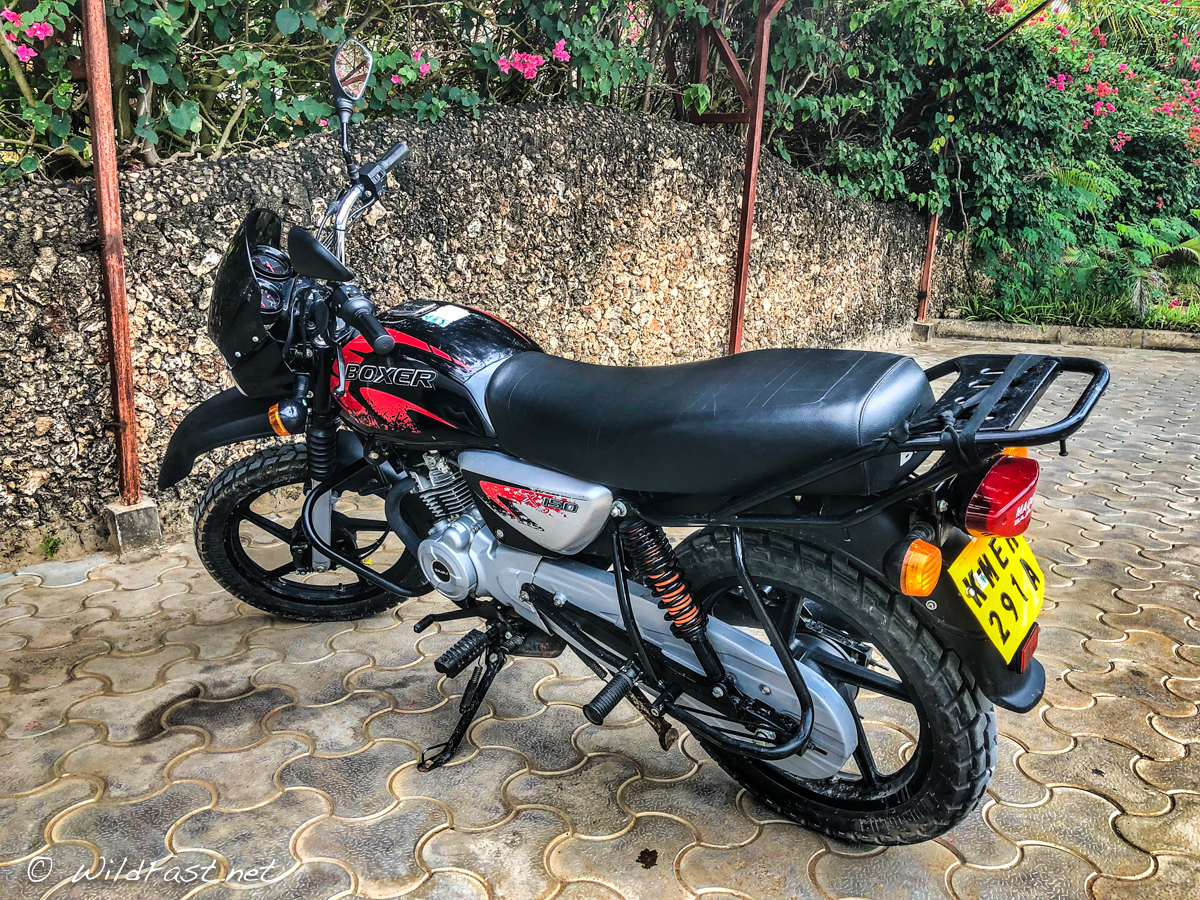
Called Bajaj (name of the company that build it), the Boxer is the most used model here in Kenya due to its affidability and endurance over every kind of terrain and solicitations..
Then, I just spent the day chilling out at the beach, at the swimming pool, meeting some friends and organizing the next days..

Sometimes, you just need to refresh and reset ideas…
- March 13th -> let’s go wild again! Sunrise, wake up call.. destination: Arabuko-Sokoke Forest. This amazing forest is located in between Malindi and Watamu and is a 420 km2 coastal forest in managed by Kenya Forest Service (KFS). It is the largest and most intact coastal forest in East Africa, with 20% of Kenya’s bird species, 30% butterfly species and at least 24 rare and endemic bird, mammal and butterfly species.
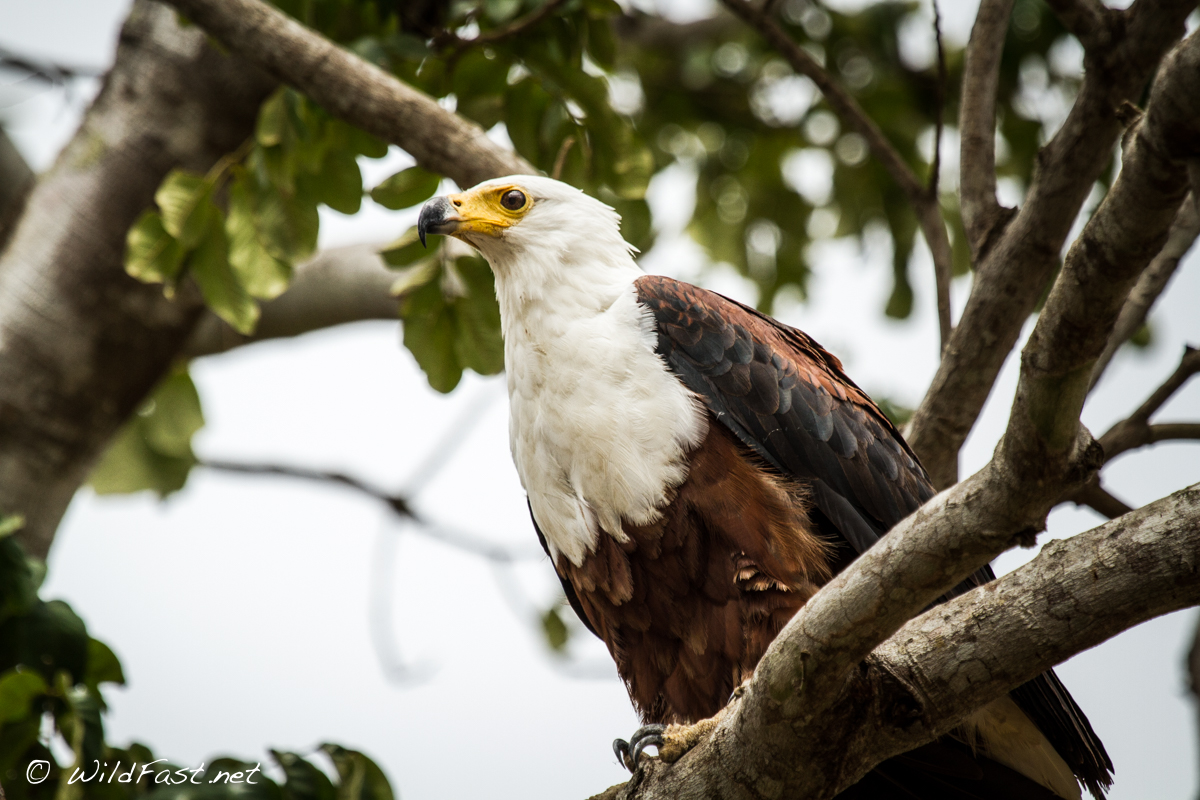
The African Fish Eagle. Males usually have wingspans around 2 m, while females 2.4 m. Its distinctive cry is, for many, evocative of the spirit or essence of Africa.
It is made up of three different forest types; Cynometra-dominated forests and thickets: these cover more than half of Arabuko-Sokoke Forest Reserve. Sightings of Caracal, Civet, Genet, Suni and other mammals are more common on tracks in this forest type. Sokoke Scops Owls are also found here. Brachystegia-dominated woodlands: also known as Miombo woodlands, this forest type is airy and beautiful to walk through. Birds and butterflies are more visible here due to the open canopy. Mixed Forests: dominated by species like Hymenaea verrucosa and Manilkara sansibarensis. The dense vegetation in this forest type creates a tropical atmosphere as one walks or drives through, the real feel of being “in the woods”. Animals commonly sighted here include the Golden-rumped Elephant Shrew, East Coast Akalat and Tiny Greenbuls.
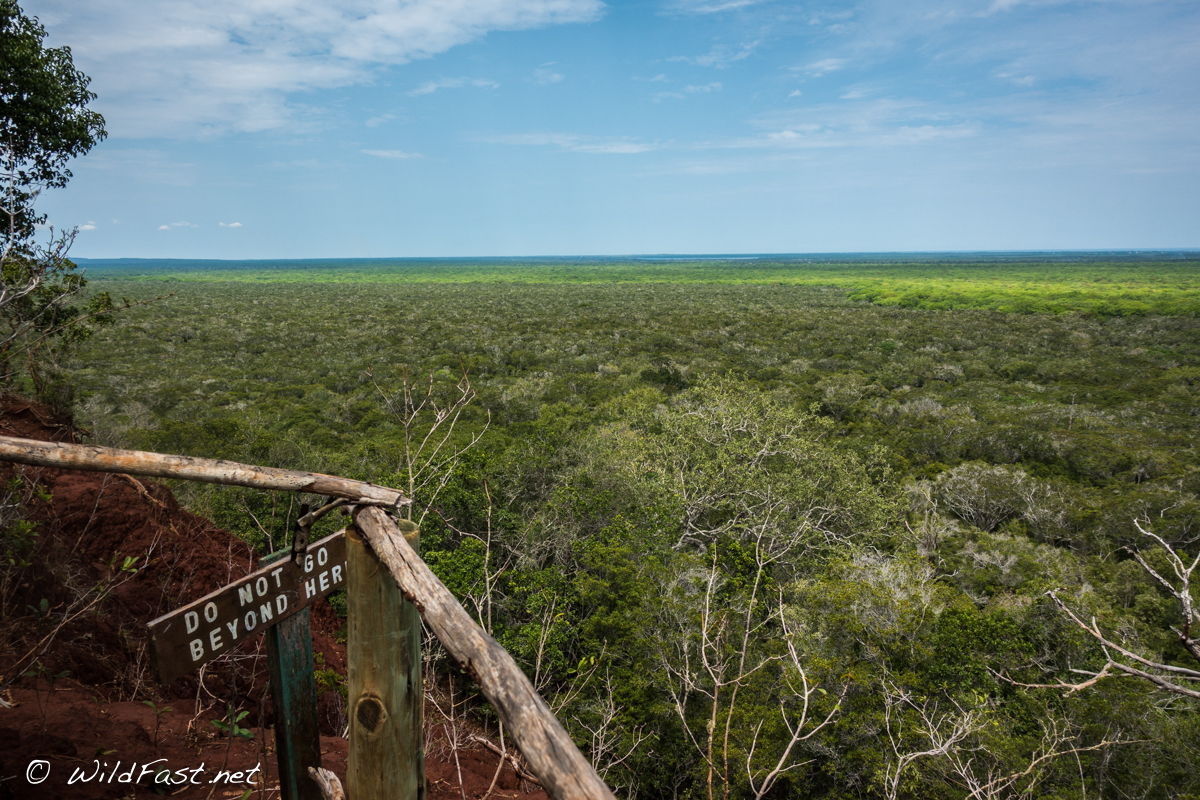
The amazing biodiversity of the forest… Long life to it!
I walked in the forest for a couple of hours with my guide, a KFS ranger (a living wikipedia..) and spotted several birds and other animals trying always to follow him and his suggestion to keep ourself safe here in the wild. Later, we pick up the car and drove 1 hour in a single track in between the forest where the terrain passed from light brown to red getting the Tsavo colours; we drove untill the observation point he was anxious to show me..and then I knew why. Expecting to find kind of concrete park or small square in which to stop and observe..he just suddenly told me: STOP! In between two trees, a tiny hided track. We walked in there and…. here we are: the paradise! The trip totally worth the value!

The infinte road that pass throughout the forest
- March 14th -> I spent the day working and studying online a little bit and then I went for a round in the city to catch up with some friends. First stop: the Rasta, a known guy in Malindi. He’s a handicraftsman, mainly a cobbler but he makes everything on demand or according to his style. As a good observer he constantly looks pages of magazines found around or peoples accessories, mainly tourist’s ones, to keep himself updated about fashions and trends that can influence his creations. He has a small workshop in the old market that shares with his cat friend. No machines, no tecnology: just some glue, needle and thread, a hammer and his hands.. He’s always smiling and I like to spend some time with him discussing about everything and nothing.

If you come here, go to the market and ask for him, it worth the time!
Night time, an amazing starry night..I wanted to take some shots from the beach to that beautiful sky

A short star trail of an amazing starry night
- March 15th -> I finally met with my friend Thomas, responsable of the Angaza Junior School of the Kibokoni village, the school I’m supporting since a couple of years. Actually it has 11 classrooms, an enrolment of 205 kids of different ages and 13 staff members including the teachers.

Some of “my” kids getting a pause from the lessons
The majority of the children comes from the surrounding villages after some km walking by and normally they wouldn’t have the chance to study. Kenya government estimates that about 9 milion kidsin between 5 and 13 years old doesn’t go to school due the fact they are needed in their family’s maintenance working hard in the fields. This, assuming that about 44% of the children that lives in the bush are not registered at all, loosing the possibility to get schooled.
Every time I come here, I start a campaign with gofundme.com to collect some more money to continue the works, that actually are: plastering, flooring and wiring the classrooms, buying books, buying sport equipments… We did a lot of nice works in the meantime. Right now, I’m in a new campaign to build the library in september 2018.
“If you are reading this article and you want to contribute, please click here and donate whatever you want or can.”
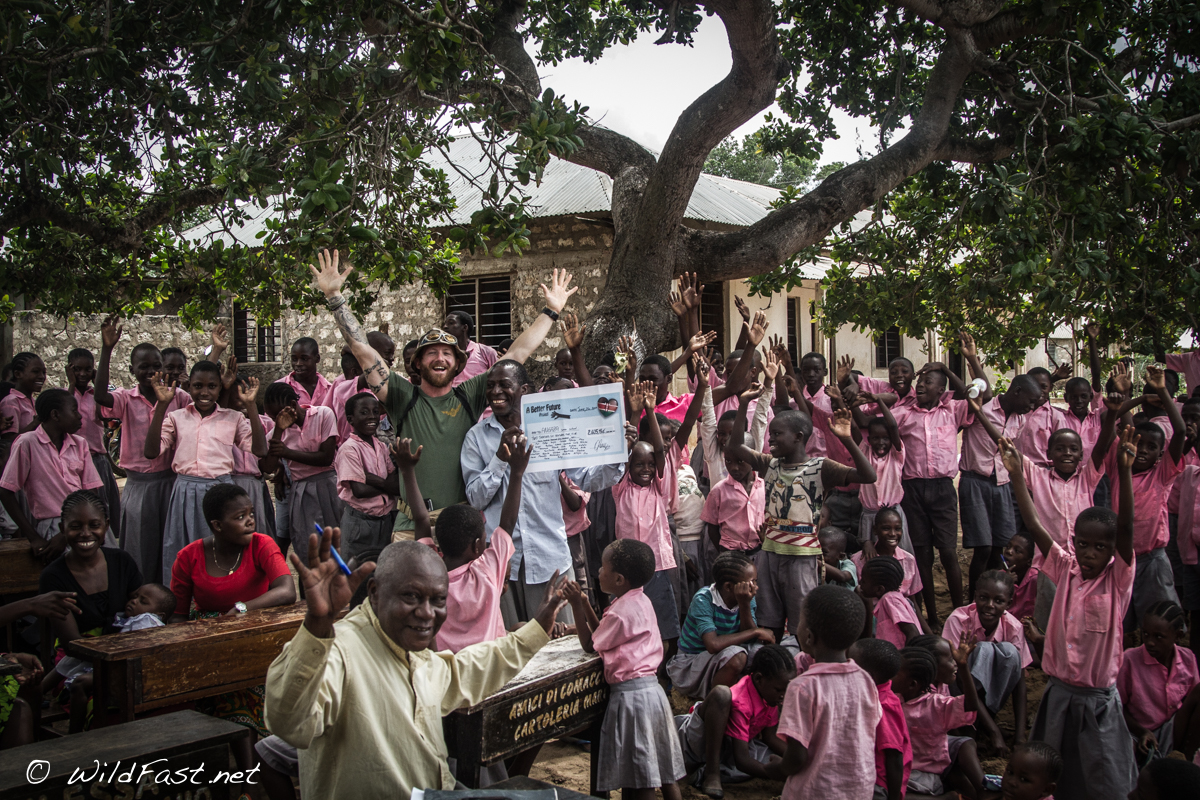
The cheque delivered to my friend Thomas to complete the works for the classrooms
He showed me all the works they did after my last campaign in 2017 and then I spent some time playing with the kids and talking with the teachers.
- March 16th -> Today I decided to move to Watamu, about 20-30′ driving from Malindi, to visit some crazy beautiful beaches you can easily find here. The water is normally clearer than Malindi due to the distance from where the Sabaki river opens up to the ocean.
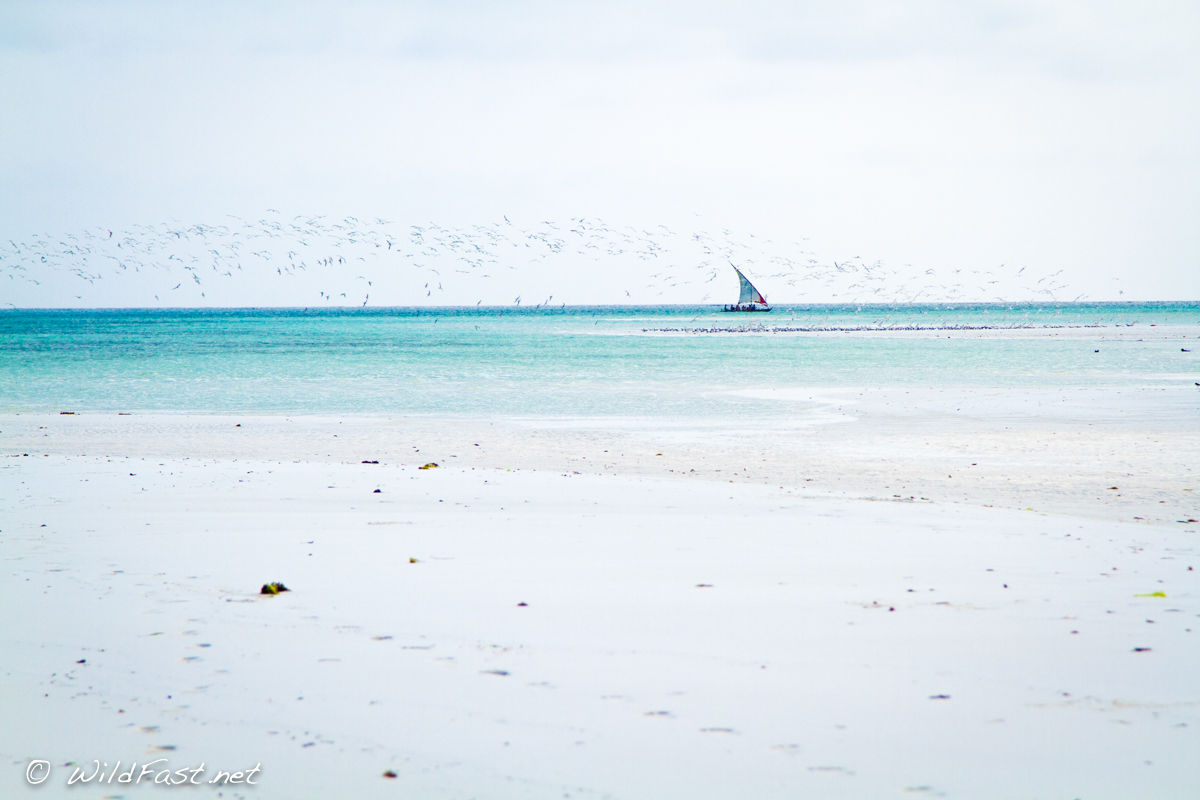
An amazing view of the white coral beach along Watamu seashore with low tide
Watamu is a small town located approximately 105 km north of Mombasa and about 15 km south of Malindi on the Indian Ocean coast of Kenya. It lies on a small headland, between the Blue Lagoon and Watamu Bay. Its main economic activities are tourism and fishing. The town has a population of around 1.900 inhabitants and it is part of the Kilifi County.
The shoreline in the area features white sand beaches and offshore coral formations arranged in different bays and beach: Garoda Beach, Turtle Bay, Blue Lagoon Bay, Watamu Bay, Ocean breaze, and Kanani reaf and Jacaranda beach. They are protected as part of the Watamu Marine National Park. The Marine Park is considered one of the best snorkelling and diving areas on the coast of East Africa. It is also rated the third best beaches in Africa, for it crystal clear water and silver sand beaches
Before getting to Watamu, worth the time to stop in Gede.. not only to see the ruins of the old city dated XIII century, but even to enjoythe time with all the monkeys living here..really greedy of bananas!
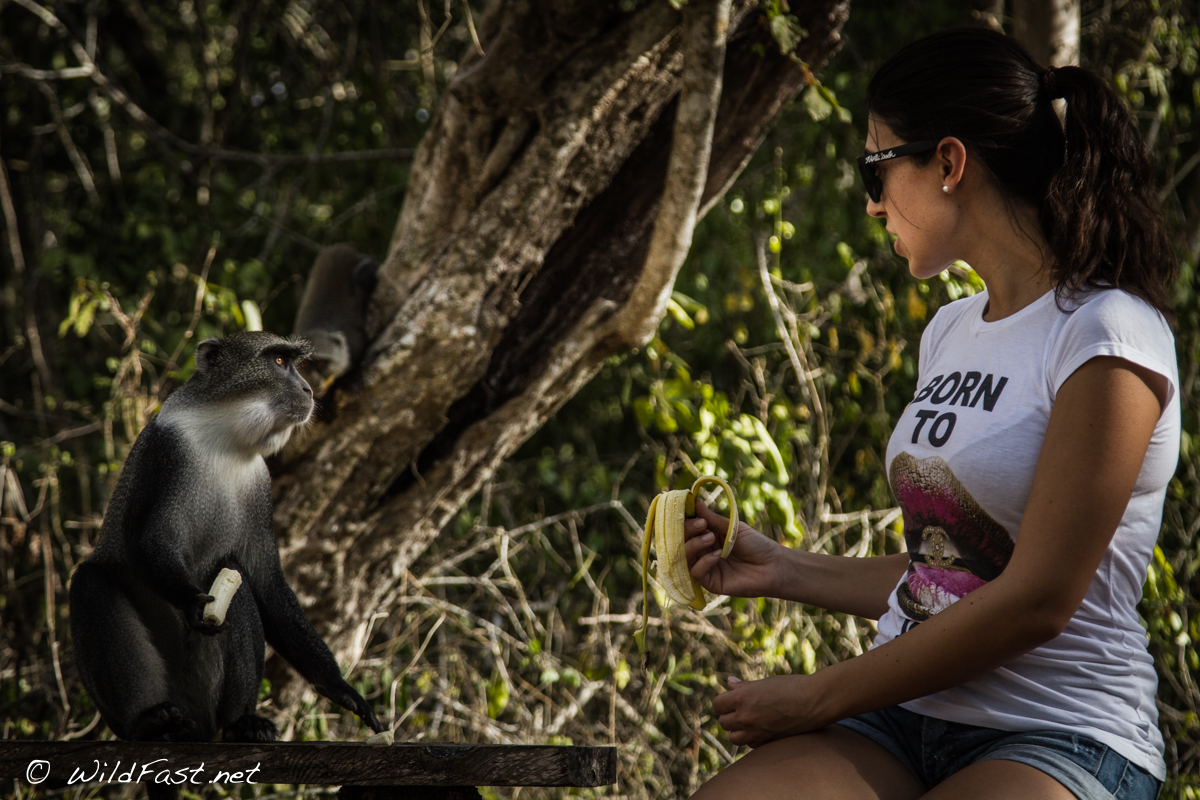
One by one does not hurt anyone..
Normally, it’s not possible to feed wild animals of course…but sometimes, well, they turn a blind eye..

The word “banana” comes from the Arab word “banan,” which means fingertip. This makes sense, since a single banana is called a finger! A whole bunch of bananas together is called a hand
The Ruins of Gede (even known as Gedi) are located here. Although not thought to be mentioned in historic sources, extensive ruins of a former port have been dated to the thirteenth century or earlier, including a tomb with a date corresponding to 1399, until at least the seventeenth century. Later, the port was abandoned and not rediscovered until the 1920s. The buildings are of coral, earth and plaster, some with designs inscribed. They include a mosque, palace, houses and tombs as well as a fort. The style is classified as Swahili architecture. The modern village is home to a museum and a butterfly house. Gede was part of the Malindi District (until it was eliminated in 2010) and it has an urban population of abouth 596 in 2005.
Sunset time: you can’t miss a Tusker (local beer) at the amazing Crab Shack in the Mida Creek! Situated at Mida Creek, not far from Dabaso village, the restaurant is a discreet, community run low impact wooden construction standing at the edge of the mangrove forest with panoramic views of the Creek. The Boardwalk and Crab Shack was built by Mida Creek Conservation Community, to promote eco activities, protect the mangrove forests and provide education for the poor Mida Creek fishing communities.
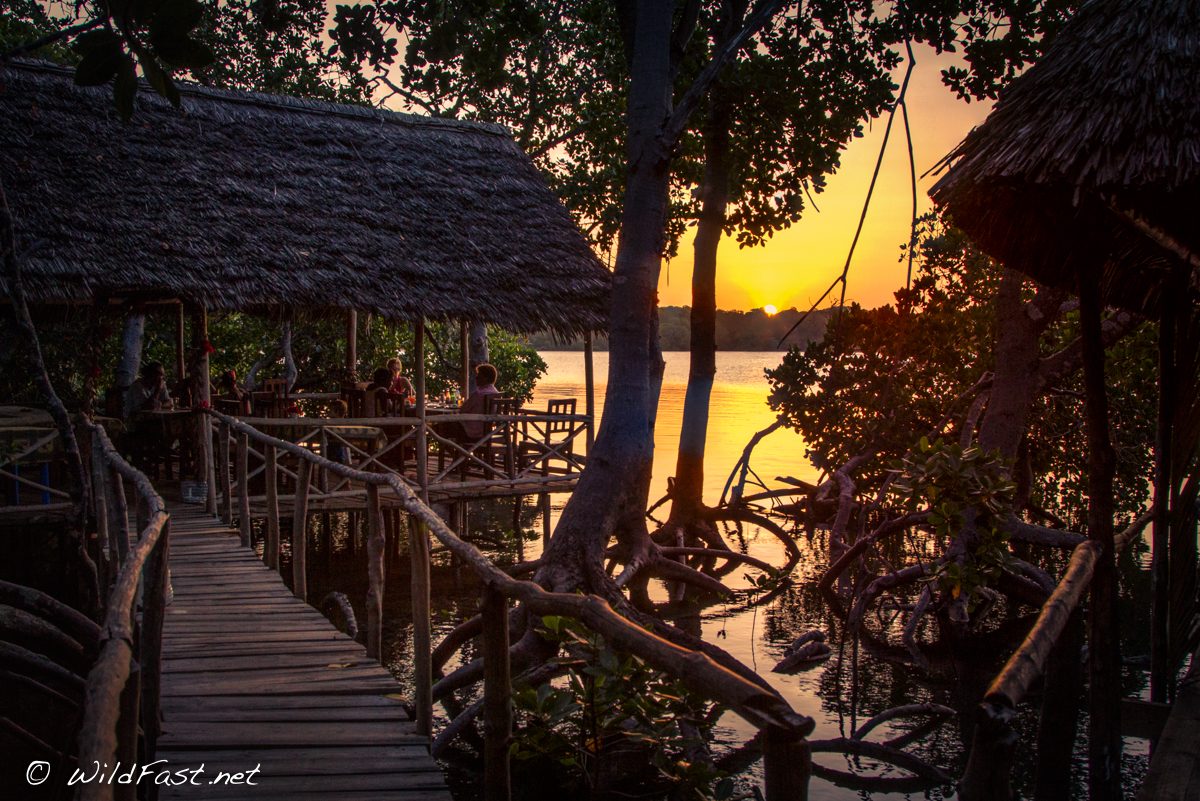
Stunning sunset view over the Mida Creek from the Crab Shack
While getting here, it’s possible to meet some “habitué” (regular customers) crossing your walk.. You don’t wanna claim your right to pass: just wait and enjoy this moment..
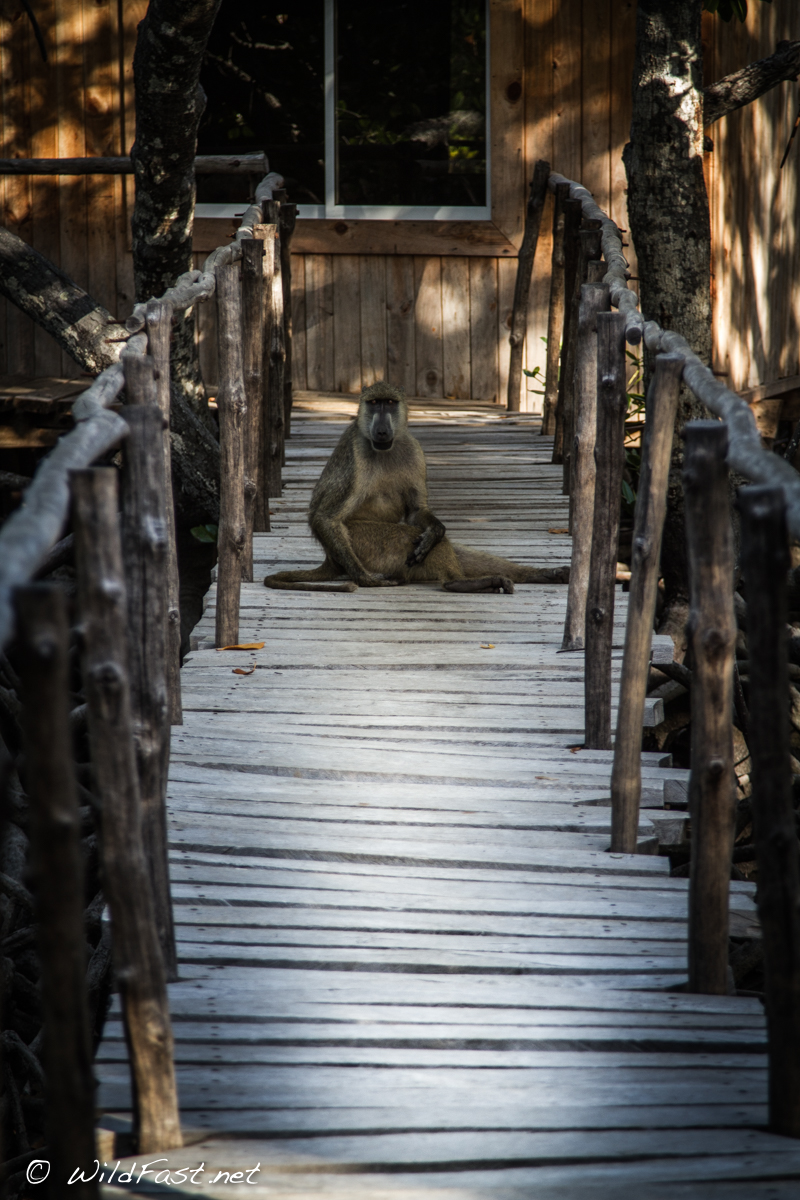
Baboons are opportunistic omnivores and selective feeders that carefully choose their food. Grass makes up a large part of their diet, along with berries, seeds, pods, blossoms, leaves, roots, bark and sap from a variety of plants. Baboons also eat insects and small quantities of meat, such as fish, shellfish, hares, birds, vervet monkeys and young, small antelopes.
Quick important hint: the main road, the Mombasa road, that drives you from Malindi to Watamu and back.. like any other main roads it’s always dangerous due to the many matatus and trucks crossing it, most of the time with zero-care about street rules.. So, if you are with a car keep your eyes well open and, if you are with a motorcycle, I suggest you to leave this road before it gets dark.
- March 17th -> today, yet another wild day.. Breakfast and then, taking advantage of the low tide, I went to one of my preferred beach here around: the golden beach, Che Shale. I love this beach for its golden sand and for its wilderness.

Che Shale sand constitutes about 15% iron pyrites or “Fools Gold” making the beach sparkle and the water seemingly full of gold glitter.
Taking advantage of the low tide, just after the Sabaki river I get into the bush till the beach of Mambrui: from here, I drove the motorcycle straight into the seashore..an emotion impossible to forget.
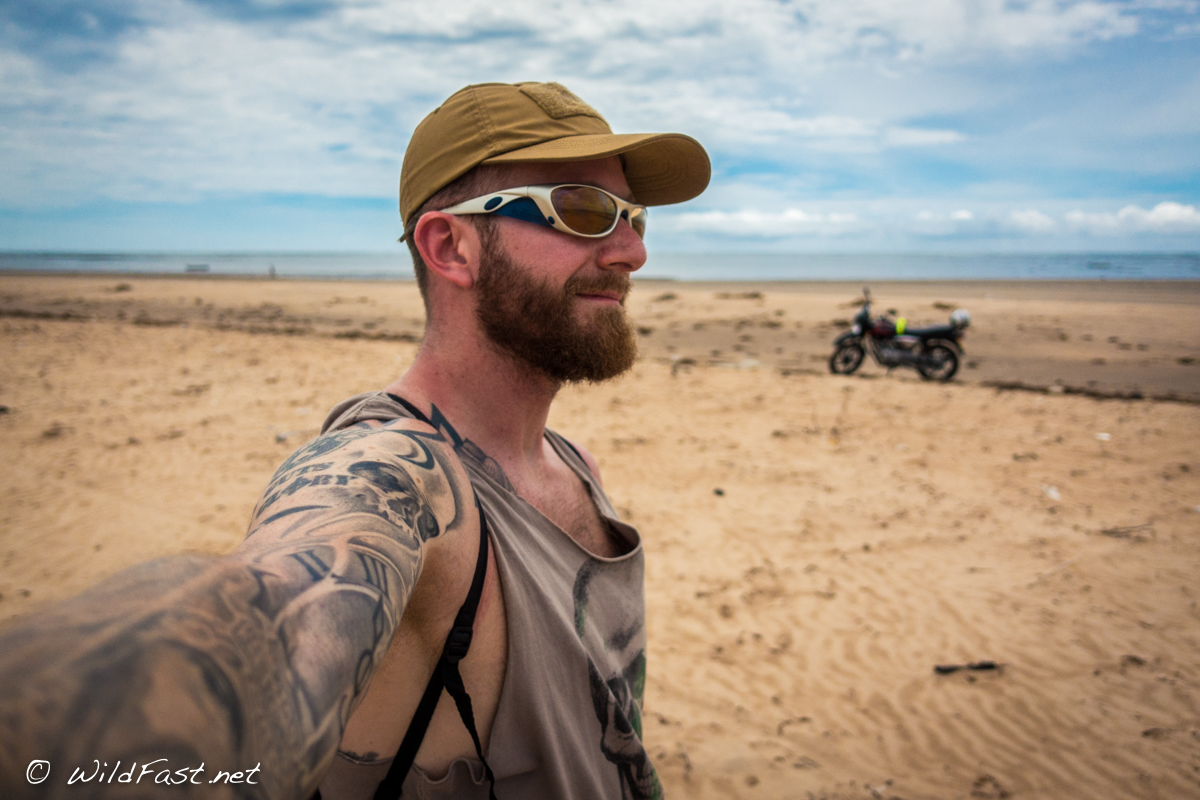
With nobody around, the sense of wild is at its top!
Just before reaching Che Shale, worth the time a stop to the big amazing dunes where is mandatory a climb over the highest one to enjoy a stunning view over the ocean and the surrounding forest!

Sometimes you just want to lay down here and look…deep into the panorama and into yourself..
All the seashore is practically wild and with really a few people around, mainly fishermen and kids..

Wild seashore at its finest
Time to have a bath, a good kenyan coffee and back from the same path before the high tide came.
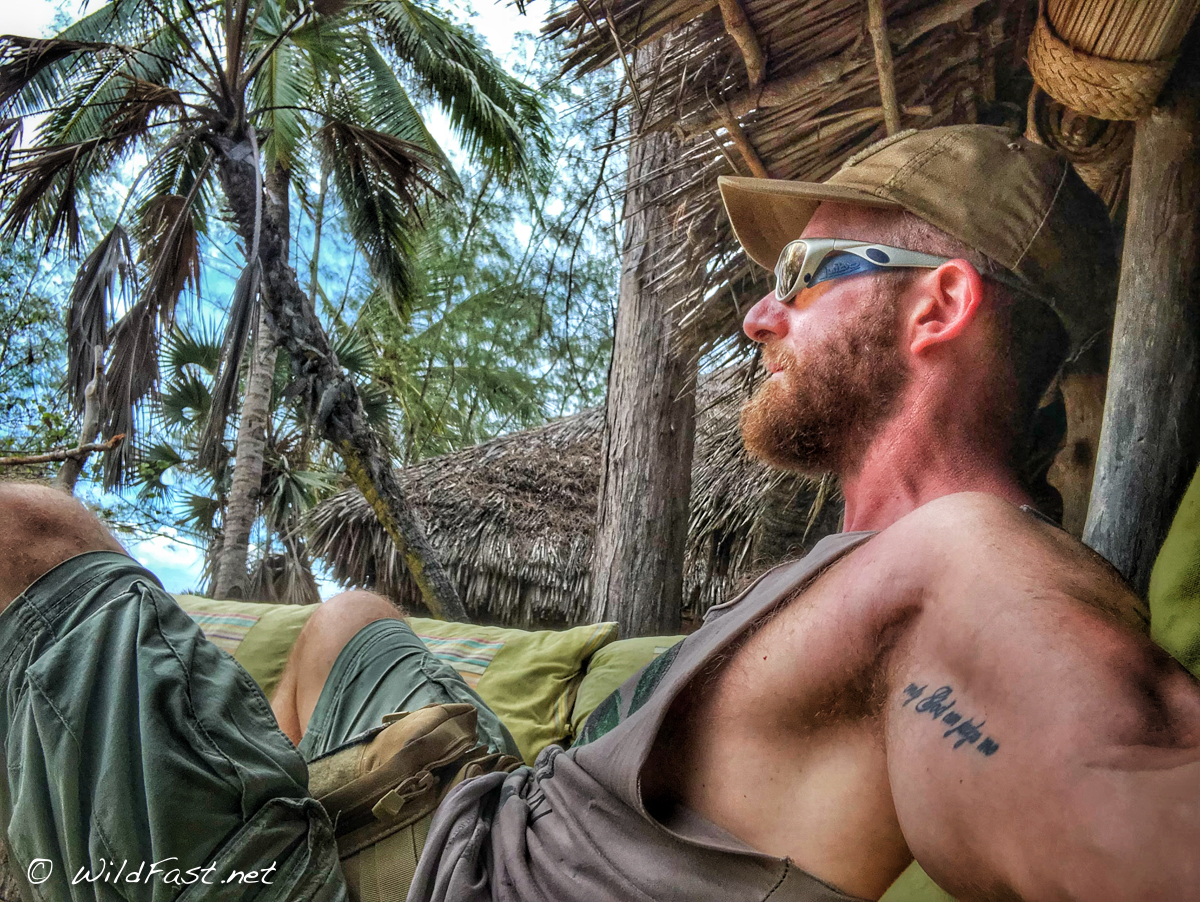
It is never too late to love yourself..
- March 18th -> unfortunately, “my time has come”: back to reality. After having fixed all my stuff, I got picked up by a friend that kindly took me to the airport; sincerely, I expected him to come with at least a tuk tuk but you never knows what’s happen here so..it arrived with a piki piki (actually a bajaj, a motorcycle). Loaded up the luggages and me…we went straight to the airport 15′ far from the resort.
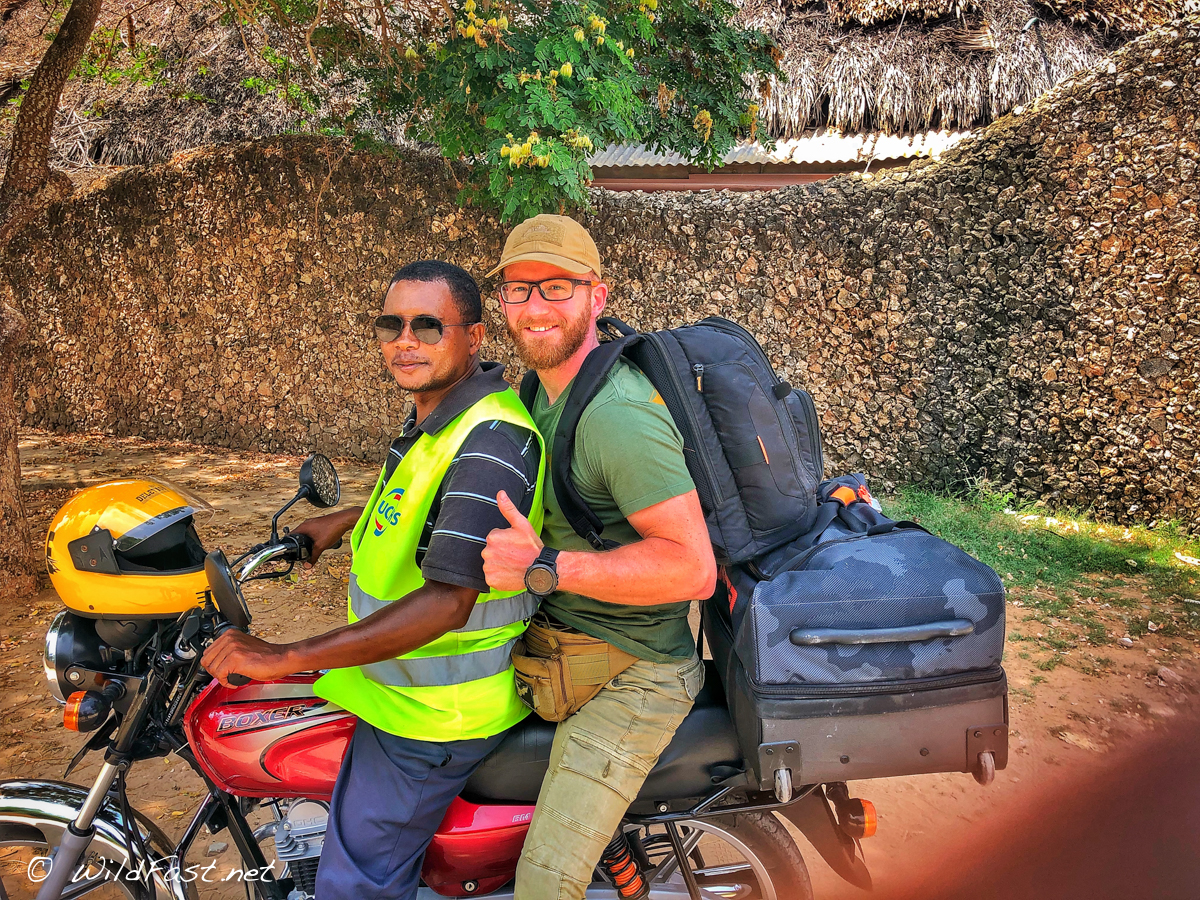
Hakuna matata.. best taxi ever!
Of course, can’t miss to get a photo with the ascari (security guard) that I had the pleasure to meet here: a very friendly guy that I’ll be glad to catch up with the next time
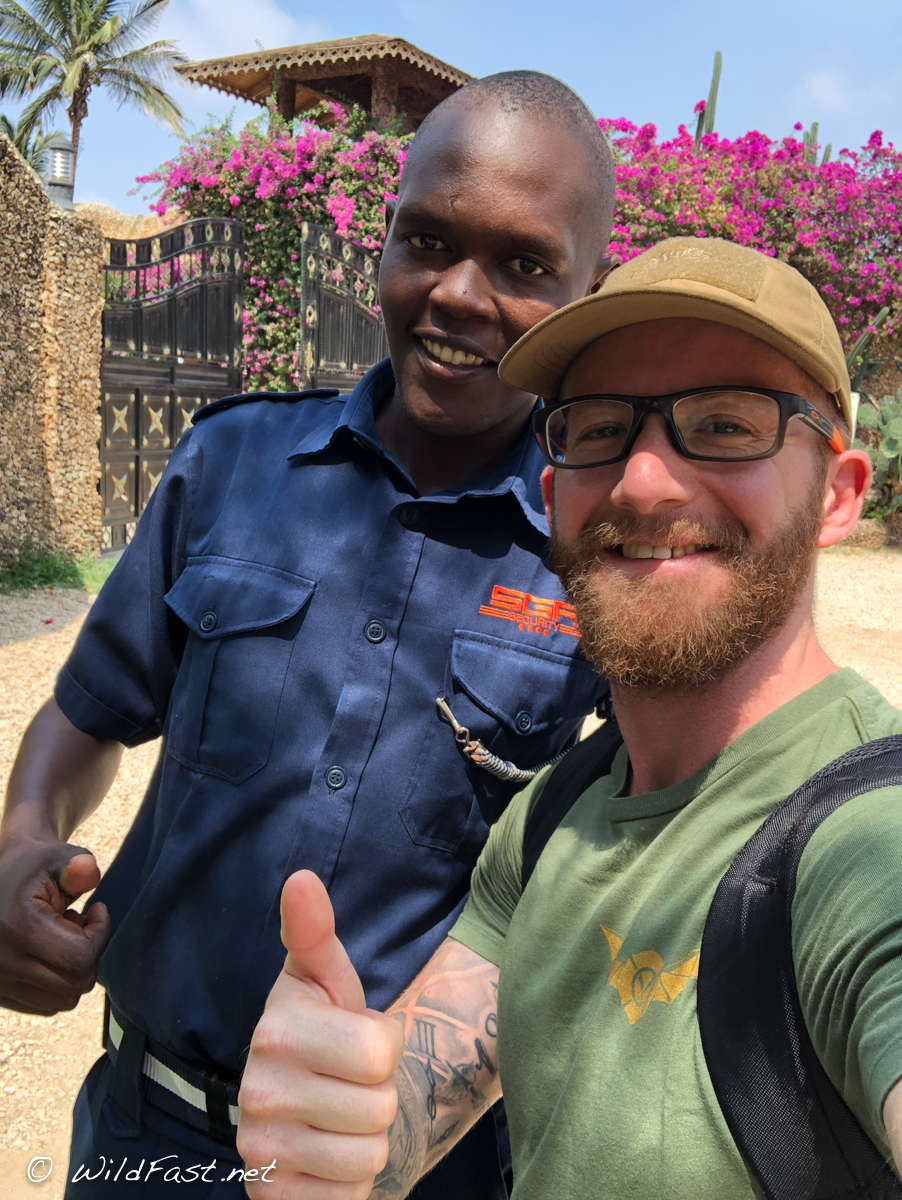
Working day and night, a stable work with a stable incoming is great and not common nowadays, especially here
Now, back to europe.. but always thinking about travel more and visit all africa even if my heart stays in Kenya. Next trip… Uganda and Rwanda! Stay tuned!
About “be back to reality”….:
“If you are not happy, a good salary isn’t a progress: it’s a financial prison. Life is meant to be lived, not sold to the hightest bidder. Social conformity, the media, our education systems dictate that we should go to school, go to a university, go to a city, work in an office, save for a retirement that we’ll be too old to enjoy. Do you really want it like that?”
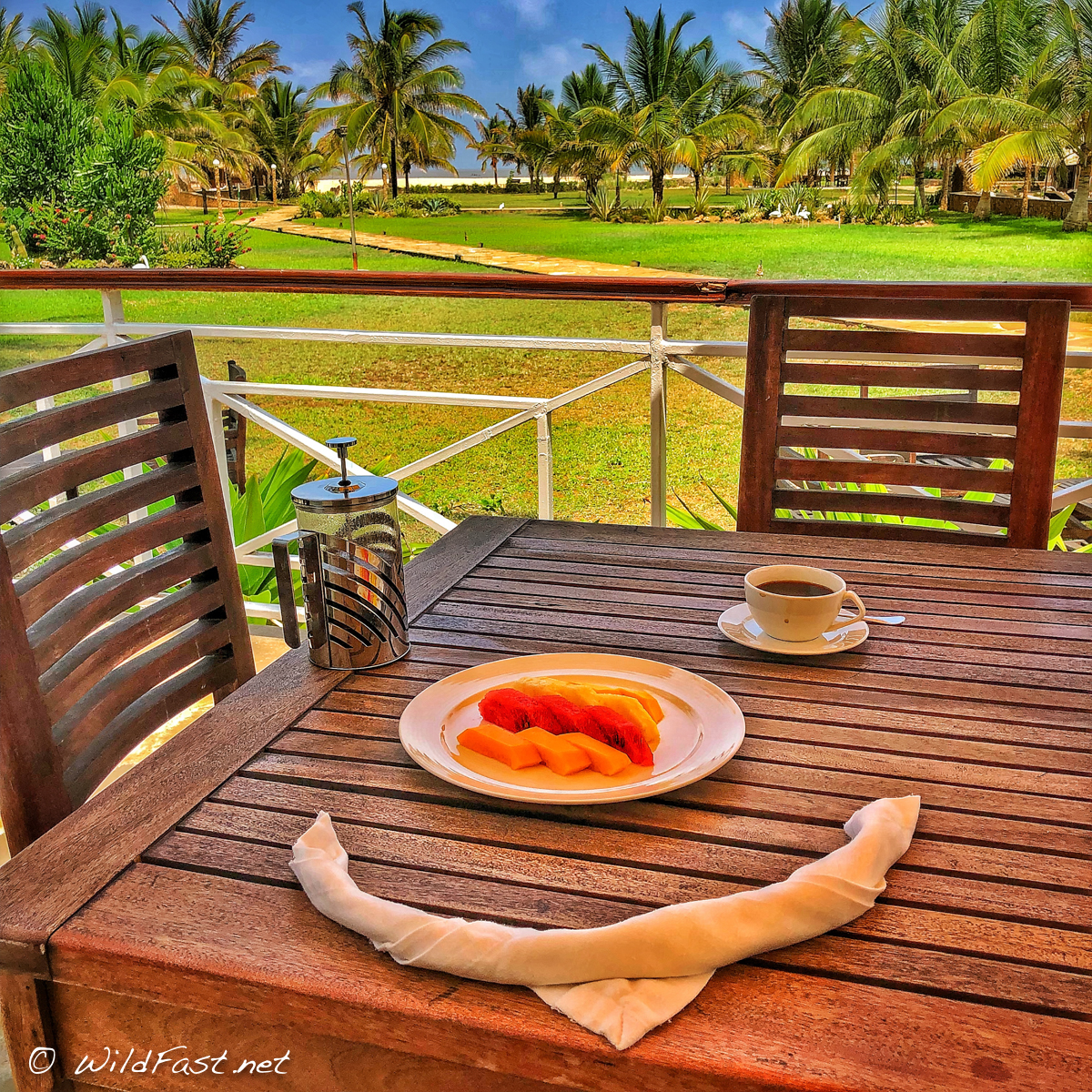
Healthy breakfast at the Ocean Beach resort


Thanks for the wonderful manual
Thanks to you for reading it, I hope you enjoyed..!
Thanks, it’s very informative
Thanks to you Marcelo, I hope you enjoyed. Whatever infos you need, don’t hesitate to contact me.. it will be a plesure